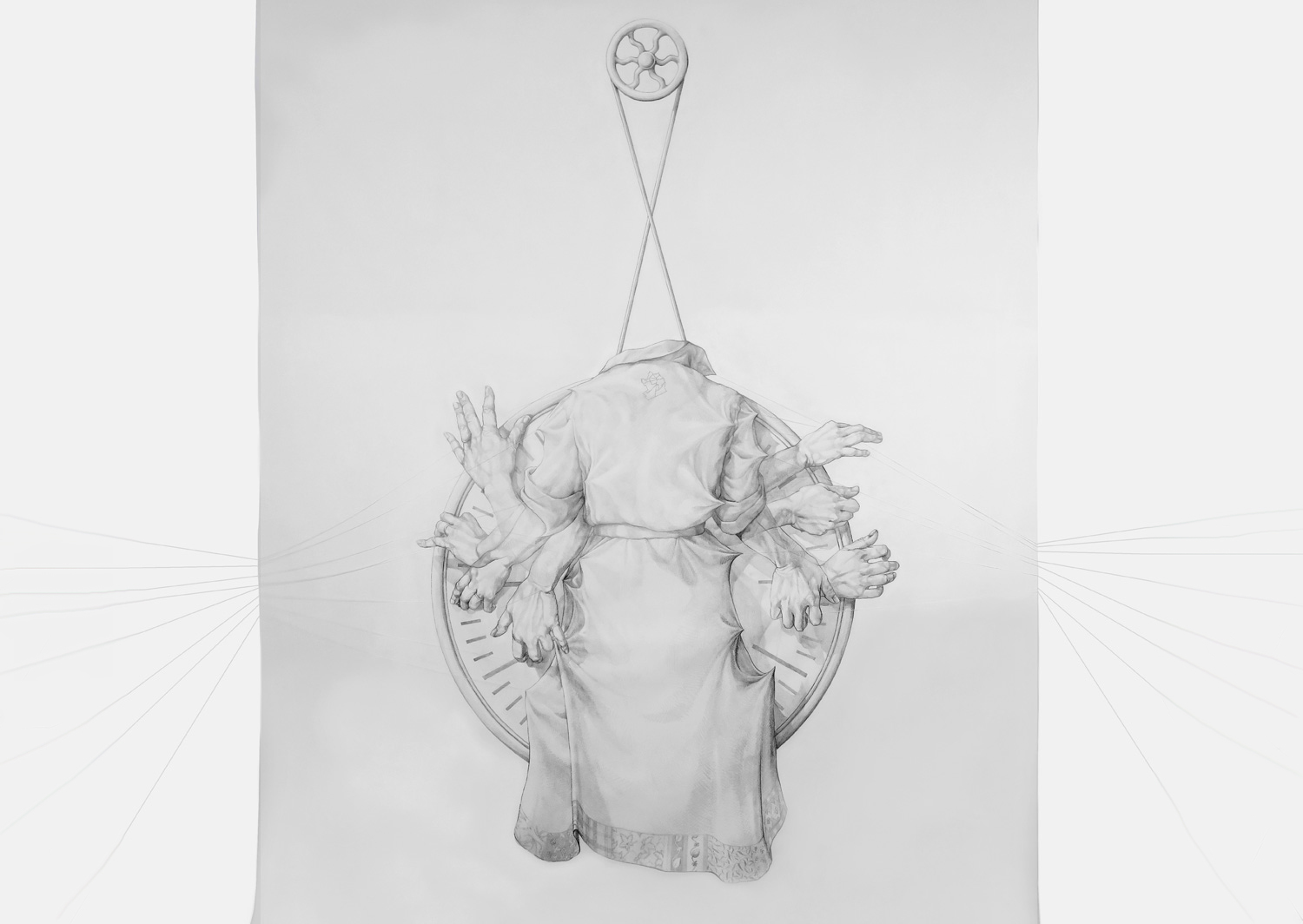


Rebecca Lyne Flowers by Bornay – A Robe for Justa: Ànima endins


“This robe is made in honour of her and all the other women that fought for the right to help lead and govern their communities. They fought for the implementation of fundamental rights for their families, including minimum wage, eight-hour working day, prohibition of child labor, suitable rest and holiday allowances. The price for this fight was high and included imprisonment.” – Rebecca Lyne
 A Robe for Justa: Soul inside of Rebecca Lyne
A Robe for Justa: Soul inside of Rebecca Lyne
Justa Goicoechea i Mayayo’s legacy and the archetypes she embodied, threads through the past to the present. Through myths and legends the narratives of weaving fates, rights and identity are often entwined within the lives of women. 16 women, 8 from each of the warring Pisan and Elean cultures wove a robe for Hera (the Greek goddess of women, marriage and childbirth) and negotiated between them the terms of peace and cooperation. This collaborative work was then repeated every four years to cement their agreements.
In another story Athena (the Greek goddess of wisdom and war) challenged Arachne (a mortal weaver) to a weaving contest. Athena weaved scenes depicting the gods punishing those humans that considered themselves equal to gods and committed hubris. Arachne created scenes in which gods abused humans. In anger Athena transformed Arachne into a spider, condemning her to weave for eternity.
Justa’s life has echoes of both these archetypal narratives. As with so many women, she was a weaver of fates, of lives, a manufacturer of reality. Weaving and being, entwined. She was fundamental in helping weave together a new narrative for women and for her community.
HISTORICAL CONTEXT
Many neighbours remember that the building that now houses Flowers by Bornay was previously a garden centre called L’Hivernacle. Before that, some might remember that it was a rat infested abandoned building that previously was a plastics factory, an arms factory and even before that, during the 1920s and 1930s, a textile factory called Tints i Aprestos Minguell SA, that as the name suggests manufactured textile dyes and finishes.
These were turbulent years, with constant violent clashes between employers and union representatives (see more about “the years of gun violence” here.) In fact, we have photographic evidence of an explosion in 1933 where a bomb placed in the transformer room blew up and set the building on fire. It is said that the explosion was so strong that it damaged the facade of the house across the road. One year after this incident, the factory owner was shot dead in the nearby Carrer del Tenor Masini.
During this time, a young Justa Goicoechea y Mayayo (1896-1973) worked the machines. Originally from Zaragoza, she taught herself Catalan and became politically involved with ERC (Republican Left of Catalonia) with the onset of the female vote becoming the first female councilor in the history of L’Hospitalet during the 1934 elections. Because of her militancy she was incarcerated in the women’s prison in les Corts during the Franquist regime, thus ending her political career.
Sources: Josep Vall i Segura memoriaesquerra.cat, Memòria de Sants, wikipedia
Source archive images: Photographic Archive of Barcelona (AFB)
DISCOVER THE ONLINE WORKS THROUGH A ROUTE ON YOUR DEVICE
For more information on the other works of art participating in the exhibition, see Related Exhibitions
Compartir